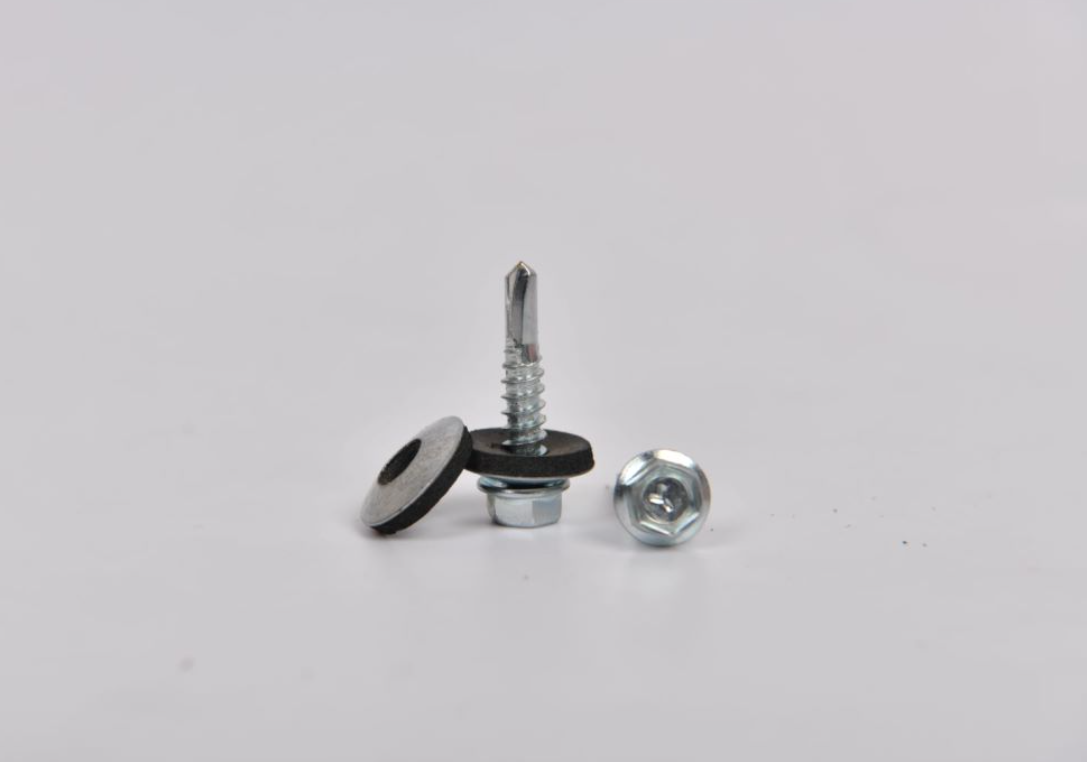Optimal Drywall Screw Spacing for Wall Products
When it comes to drywall installation, one of the crucial aspects that significantly affects the structural integrity and aesthetic of the finished wall is the spacing of drywall screws. Understanding the correct screw spacing not only ensures a secure installation but also helps prevent issues such as cracking or sagging in the drywall over time.
Drywall, or gypsum board, is typically installed in sheets and requires proper fastening to wooden or metal studs behind it. For residential projects, the general recommendation is to space drywall screws 16 inches apart on center for standard walls. This means that the screws should be positioned 16 inches from the center of one stud to the center of the next. For ceilings, the spacing might be adjusted slightly, often requiring screws to be placed every 12 inches due to the added weight and potential for sagging.
Employing the right spacing also depends on the type of drywall being used. For instance, 1/2-inch thick drywall is commonly used for interior walls, while 5/8-inch drywall, which is thicker and heavier, is often used for ceilings or areas requiring additional fire resistance. Heavy-duty drywall products may call for closer screw spacing to accommodate their weight.
Moreover, there are specific screw placement guidelines to follow. Screws should be positioned about 1 inch from the edges of the drywall sheets to prevent cracking. They should also be driven just below the surface of the drywall without breaking the paper face; this ensures a smooth finish for subsequent painting or texturing.
drywall screw spacing wall products

It is also important to consider the type of screw used. Drywall screws, usually available in coarse or fine threads, should be selected based on whether you're fastening to wood or metal studs. Coarse-thread screws are better suited for wood, while fine-thread screws work best with metal.
Proper technique is equally important during installation
. When driving screws, maintain a consistent rhythm to ensure they are flush with the surface of the drywall. Over-driving screws can create dimples that are difficult to repair, while under-driving can result in a weak hold.In conclusion, understanding the proper drywall screw spacing is essential for achieving a durable and seamless wall installation. By following recommended practices such as maintaining appropriate distances between screws, using the correct type, and paying attention to technique, you can ensure that your drywall will last for years to come, minimizing repair needs and creating an attractive appearance in your home.
-
Top Choices for Plasterboard FixingNewsDec.26,2024
-
The Versatility of Specialty WashersNewsDec.26,2024
-
Secure Your ProjectsNewsDec.26,2024
-
Essential Screws for Chipboard Flooring ProjectsNewsDec.26,2024
-
Choosing the Right Drywall ScrewsNewsDec.26,2024
-
Black Phosphate Screws for Superior PerformanceNewsDec.26,2024
-
The Versatile Choice of Nylon Flat Washers for Your NeedsNewsDec.18,2024










